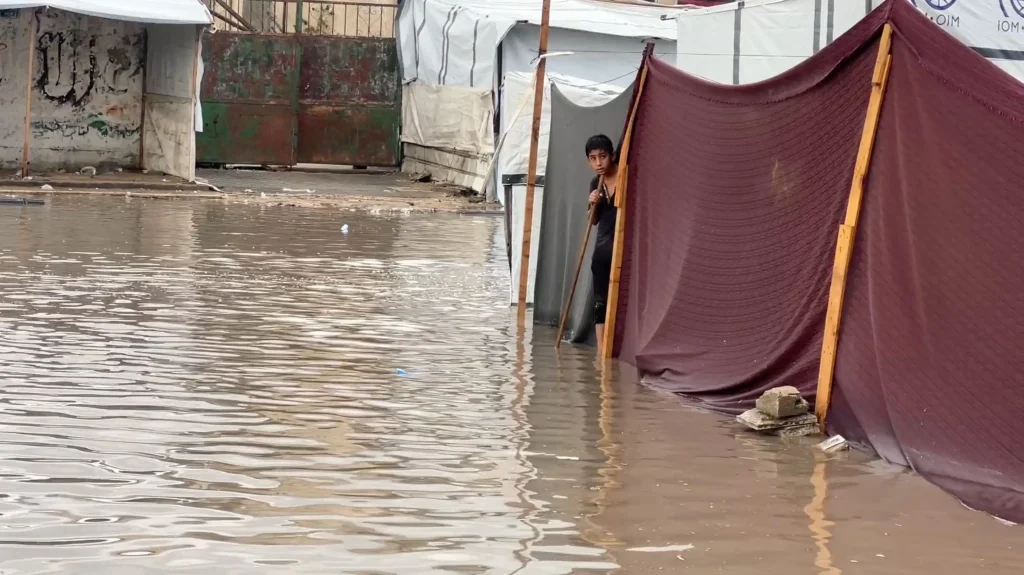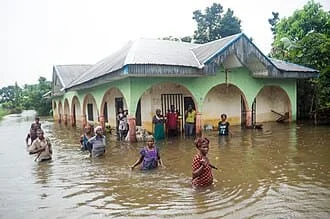The COVID-19 pandemic dealt a heavy blow to economies worldwide, and Africa was no exception. From disruptions in supply chains to a decline in tourism and falling commodity prices, the pandemic exacerbated pre-existing economic vulnerabilities in many African nations. However, as the world moves past the worst of the pandemic, Africa’s economic recovery is gradually gaining momentum. Despite numerous challenges, the continent is showing signs of resilience and optimism.
In this article, we explore Africa’s post-pandemic recovery, focusing on the economic sectors leading the rebound, challenges that remain, and strategies for long-term sustainable growth.
1. Impact of COVID-19 on Africa’s Economy
Before delving into the recovery process, it is essential to understand the economic impact COVID-19 had on Africa. The pandemic caused a severe contraction in many sectors, leading to:
- Economic slowdown: Africa experienced its first recession in 25 years in 2020, with the region’s gross domestic product (GDP) contracting by about 2.1%.
- Rising unemployment: Lockdowns and restrictions forced many businesses to close, leading to widespread job losses, particularly in informal sectors, which employ a large proportion of the African workforce.
- Falling commodity prices: Several African countries rely heavily on exports of natural resources, such as oil and minerals. As global demand for these commodities declined during the pandemic, many economies suffered significant revenue losses.
- Tourism collapse: With international travel restrictions in place, Africa’s tourism sector, a critical source of income for countries like Kenya, Tanzania, and South Africa, saw a sharp decline in activity.
- Increased debt burden: Governments had to borrow heavily to manage the health crisis and provide economic relief, leading to mounting public debt.
Now, as the continent moves toward recovery, efforts to reverse these adverse effects are underway.
2. Economic Sectors Driving Recovery
Africa’s recovery is being led by several key economic sectors that are bouncing back faster than others. Here are some of the major drivers of Africa’s post-pandemic economic bounce:
a. Agriculture
Agriculture has long been a backbone of many African economies, employing a significant percentage of the population. During the pandemic, the sector remained relatively resilient compared to others. Moving forward, agriculture will continue to be central to recovery efforts, especially as countries invest in modern farming techniques, technology, and improved infrastructure.
- Food Security: Countries like Kenya and Nigeria have emphasized increasing local food production to reduce reliance on imports and strengthen food security.
- Agri-tech Innovation: Innovations such as digital platforms connecting farmers with markets and technologies that improve crop yields are helping drive recovery in the agricultural sector.
b. Digital Economy
The pandemic accelerated the adoption of digital technologies across Africa, and the digital economy is now a cornerstone of the recovery process.
- Mobile Payments and Fintech: The rise of mobile payment platforms such as M-Pesa in East Africa and fintech companies across the continent have provided financial access to millions, driving consumer spending and small business growth.
- E-commerce: With physical retail disrupted during the pandemic, e-commerce platforms like Jumia saw a surge in demand. As online shopping continues to grow, it is expected to remain a vital part of Africa’s economic recovery.
- Remote Work and Education: The shift to remote work and online education has created new opportunities for investment in digital infrastructure. Countries like Rwanda and Ghana are investing in expanding internet access to ensure more people can participate in the digital economy.
c. Healthcare and Pharmaceuticals
The pandemic highlighted Africa’s vulnerability in terms of healthcare infrastructure, but it also led to increased investment in the sector.
- Local Vaccine Manufacturing: Efforts to produce vaccines locally, such as those by Aspen Pharmacare in South Africa and the Institut Pasteur in Senegal, are paving the way for Africa’s pharmaceutical industry to grow.
- Telemedicine: The expansion of telemedicine services during the pandemic has opened new avenues for healthcare delivery, particularly in remote areas. This is expected to contribute to better health outcomes and create new jobs in the sector.
d. Infrastructure and Energy
Investment in infrastructure and energy is critical to long-term economic growth in Africa, and many countries are prioritizing these sectors as part of their recovery plans.
- Renewable Energy: Africa is increasingly focusing on renewable energy sources such as solar, wind, and hydropower to meet its growing energy needs. Countries like Morocco, South Africa, and Kenya are leading the way in renewable energy projects that create jobs and promote sustainability.
- Transportation and Connectivity: Projects such as Africa’s Continental Free Trade Area (AfCFTA) and investments in road, rail, and port infrastructure aim to improve intra-African trade and boost economic integration.
3. Challenges to Sustaining Recovery
While Africa’s post-pandemic economic bounce is encouraging, several challenges could hinder the pace and sustainability of recovery. These include:
a. Rising Debt Levels
Many African nations took on significant debt during the pandemic to manage health crises and stimulate their economies. As global interest rates rise, servicing these debts may become more challenging, leaving some countries vulnerable to default.
b. Inflation and Rising Costs
Inflation has been a persistent issue in many African countries post-pandemic. Rising food and energy prices, currency depreciation, and disruptions in global supply chains have driven up the cost of living, threatening the livelihoods of millions of people.
c. Unequal Recovery
Not all sectors or populations are recovering at the same rate. While some industries, such as digital services and agriculture, are bouncing back, others, like tourism, remain sluggish. Similarly, the economic recovery has been uneven across countries, with larger economies like South Africa and Nigeria recovering faster than smaller nations.
d. Climate Change
Africa remains highly vulnerable to the effects of climate change, which can disrupt agricultural productivity, water availability, and energy production. The need to integrate climate resilience into recovery plans is critical to ensuring sustainable growth.
4. Strategies for Long-Term Sustainable Growth
For Africa to achieve a robust and lasting post-pandemic recovery, several key strategies must be prioritized:
a. Diversifying Economies
African countries must reduce their reliance on a narrow range of commodities and sectors. Diversifying economies to include manufacturing, services, and technology will help mitigate the impact of future global disruptions and increase economic resilience.
b. Boosting Intra-African Trade
The African Continental Free Trade Area (AfCFTA) offers significant opportunities for boosting intra-African trade. By lowering trade barriers, improving infrastructure, and promoting regional cooperation, African nations can create new markets and drive sustainable growth.
c. Investing in Human Capital
Africa’s young and growing population presents an opportunity for long-term economic growth, but this potential can only be realized with significant investment in education, skills training, and healthcare. Ensuring that the workforce is equipped with the skills needed for the modern economy is crucial for sustaining growth.
d. Green Recovery
A focus on sustainable development and green energy solutions can help African economies grow while addressing the challenges of climate change. Investments in renewable energy, sustainable agriculture, and eco-friendly infrastructure will create jobs and promote environmental sustainability.
Conclusion: Africa’s Resilience in the Face of Adversity
Africa’s post-pandemic economic bounce is a testament to the continent’s resilience and adaptability. While challenges remain, there are promising signs of recovery in key sectors such as agriculture, digital economy, healthcare, and infrastructure. By addressing the structural issues that predate the pandemic and adopting forward-looking strategies, African nations can pave the way for sustained and inclusive growth in the years to come.
With the right policies, investment in human capital, and a focus on sustainability, Africa can turn this moment of recovery into a lasting economic transformation.























